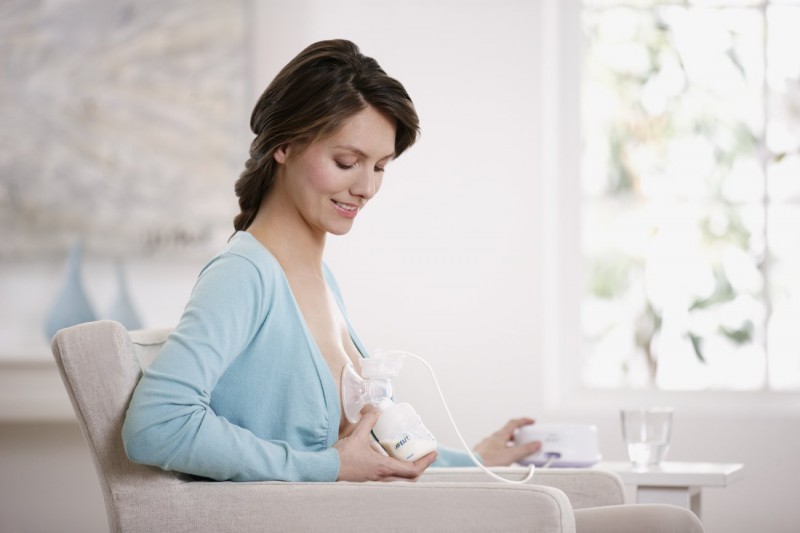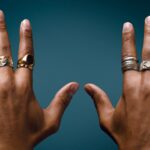Some breastfeeding moms need to use a nipple shield for a short time, especially if their baby has a shallow or bad latch. It may help them maintain breastfeeding until they can work on a better latch and make a deeper connection with their infant.
Try to breastfeed without a shield as soon as your baby shows feeding cues, such as wakefulness from sleep or waking from a nap. Also, keep an eye on wet diapers and weight gains to see if your baby is getting enough milk.
- Increased milk flow
Breastfeeding with a shield is generally safe, but long term use of a shield can lead to decreased supply. It is important to be aware of this and to work with a breastfeeding counsellor or health professional for one-to-one support during this time.
The reason for using a nipple shield is often to help with early breastfeeding problems such as ineffective latching or sucking due to a physical characteristic of either the mother or baby (Kronborg & Vaeth 2009). Common reasons include flat and inverted nipples (Wilson-Clay 1996; Powers & Tapia 2004; Chertok 2009), engorgement (Ekstrom et al. 2014), and pain in connection with sore nipples (Hanna et al. 2013).
- Reduced engorgement
If you find it difficult to latch your baby, try using a nipple shield. It is important to talk to your lactation consultant before attempting to use one though as they may suggest you work on improving attachment, positioning and the let-down reflex first.
In a study of breastfeeding mothers, nipple shields were used in the early postpartum period to help with breastfeeding difficulties such as poor latching, blocked milk ducts and nipple pain. Mothers also reported problems such as flat/inverted nipples, hard/swollen breasts and a lack of milk supply.
Some studies have found that the nipple shield reduces engorgement but these results are based on small sample sizes. It is also important to note that the use of a nipple shield should only be temporary, especially for primiparae.
- Reduced pain
A nipple shield provides a firm touch that helps stimulate a baby to latch and stay latched. This is important for babies who don’t latch well due to a problem like tongue-tie or a flat or inverted nipple.
A suckling baby causes the mother to release hormones that support breastfeeding. It also triggers the nipple to make milk for the baby.
When used properly, a nipple shield doesn’t interfere with the breastfeeding process. If a nipple shield is worn incorrectly, it can lower milk supply or cause chafing of the mother’s skin.
Babies who use a nipple shield need to be weighed regularly to ensure they are gaining a healthy amount of weight. Some mothers choose to continue using a nipple shield for a long time, while others are able to wean off the shield after some time. It’s best to work with a lactation consultant for one-on-one guidance. They can help you find a feeding method and plan that works for your specific situation.
- Increased bonding
Using a shield to help a premature infant latch and feed can be an effective way to increase breastfeeding duration. In a within-subject study, researchers found that use of a nipple shield significantly increased breastfeeding duration and prevented early weaning in nursing dyads with nipple pain (3, 4, 5, 6, 7).
Mothers described difficulty with breastfeeding related to both the breasts and the infant, including nipples that were flat, inverted, enlarged or painful or infants with tight frenulum. They described the need for a nipple shield to prevent infant withdrawal, encourage sucking and support milk transfer (8).
It is important to note that nipple shields should be used as a temporary solution. As the baby grows stronger and a good latch becomes established, a nipple shield can be removed or no longer needed. For a more permanent solution, work with a lactation professional for assessment, a breastfeeding plan and proper follow up. This will help to ensure that the mother has a good latch, is getting plenty of milk and the baby is gaining weight well. nipple shield breastfeeding




